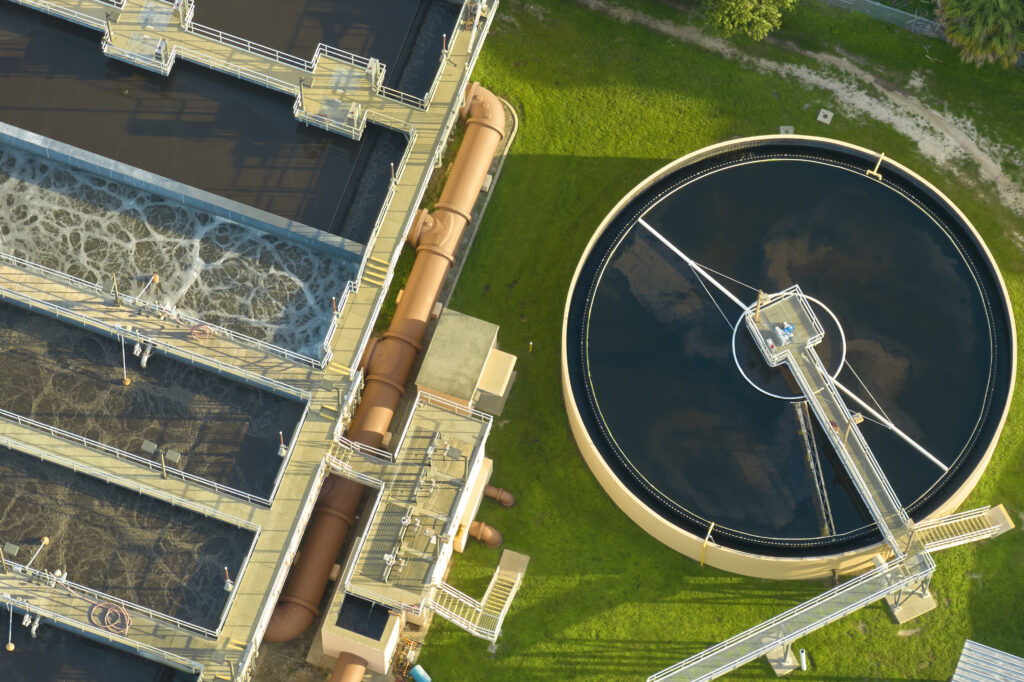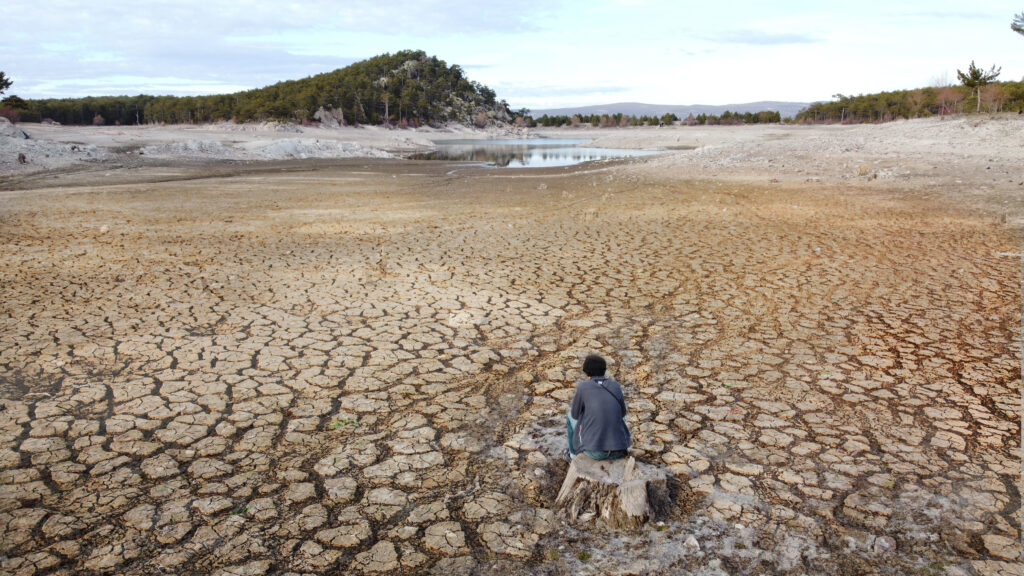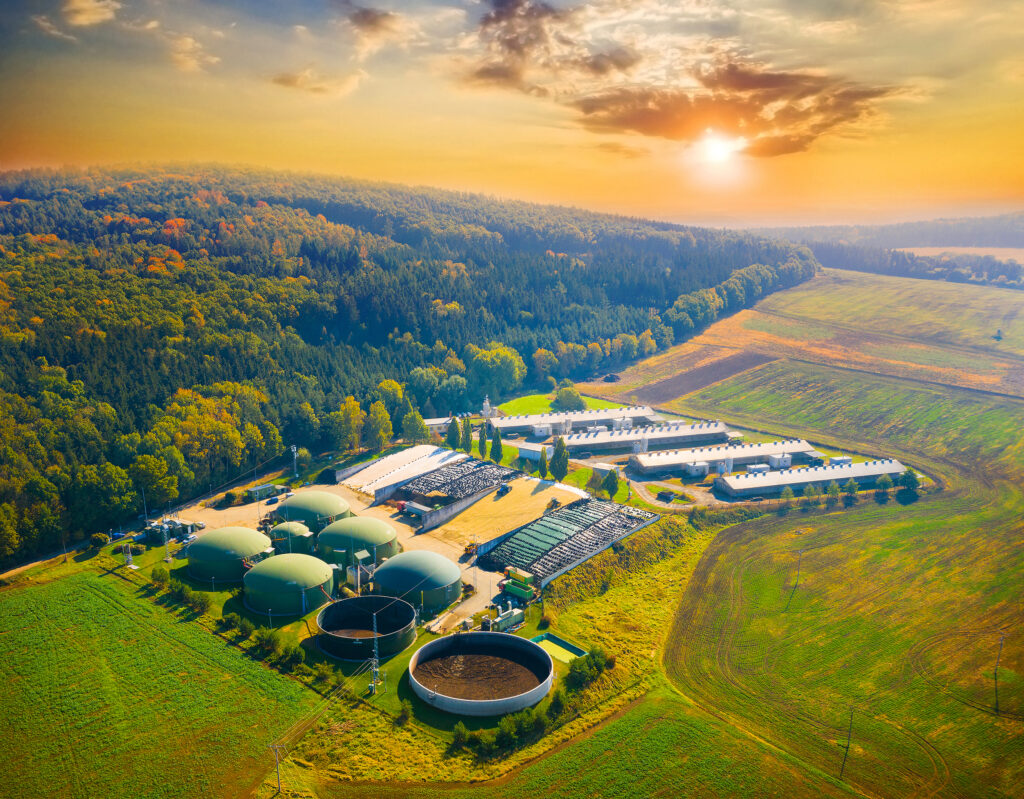Today, unique filtration technologies are making industrial wastewater reuse not just possible, but practical and profitable. These innovations are revolutionizing industries like agriculture, bioprocessing, food production, and oil and gas. They boost the capacity and lifespan of treatment streams, help companies meet new standards and guidelines, and lower carbon footprints. For example, the East Bay Municipal Utility District’s water reclamation project in California saves about 5.5 billion gallons of freshwater each year.

By turning waste into profit through increased efficiency and better nutrient capture, these technologies are game changers. Best of all, they save companies a ton of fresh water, cutting costs and easing the competition for this precious resource.
Wastewater and the Need for Global Water Scarcity Solutions
Water is the lifeblood of our planet, yet it’s a resource we often take for granted. Every day, industries worldwide generate vast volumes of wastewater, 80% of which is not treated or reused. In fact, approximately one-sixth of the world’s freshwater intake ends up as industrial and agricultural wastewater, amounting to hundreds of billions of gallons a day.
When companies manage it responsibly, they deal with the high costs and effort of removing, processing, and disposing of wastewater byproducts. Unfortunately, it’s often just discarded, which leads to pollution and increases the competition for fresh water between industry and the general population.
Rethinking the Problem
As the global water scarcity crisis escalates, many industries have begun to rethink their relationship with this precious resource. More and more businesses are focusing their efforts on industrial wastewater treatment and reuse. Yet it still presents significant challenges–very expensive ones.
What if the problem could be turned into a solution? What if wastewater could be transformed into a valuable resource, reducing operating expenses, supporting sustainability initiatives, and enhancing product recovery? Would it make enough of a difference?
The Economic Effects of Wastewater Management on Industry
Poor management of industrial wastewater poses serious economic implications, especially for those producing it. For example, a poultry plant may need to treat and dispose of five to ten times the volume of water compared to the amount of protein product it generates. The same situation applies to the oil and gas industry, where the amount of water managed compared to the petroleum product produced can range from five-to-one up to ninety-to-one. This issue often remains hidden until water scarcity threatens the continuity or expansion of production.
As climate change intensifies, the availability of resources is increasingly challenged. For example, water costs across 30 major U.S. cities rose 41% from 2010 to 2015. In Phoenix, water users could see an increase of 48% from 2022 to 2025 if they do not change their water consumption habits. This trend significantly impacts the economics of running facilities, tying them more closely to utility costs.

In the booming biomanufacturing space, projections indicate a need for about ten times the current fluid capacity for producing bio-manufactured products and managing their resulting wastes. This industry has attracted significant venture capital attention, but there’s a water constraint to the sustainable outcomes in the biomanufacturing world. More careful water management throughout the production process increases the viability of this industry.
In local regions, water shortages have led to massive food inflation. This is particularly true in states surrounding the Colorado River Basin and around the California Central Valley, a major source of US specialty agriculture. In 2022, food prices increased by 9.9%─ the fastest increase in any year since 1979. Cutbacks to water use are currently being mandated or discussed due to historic lows in water availability for industry and agriculture, adding to the economic pressure.
Legal challenges and the EPA
EPA regulations around wastewater treatment and reuse are becoming increasingly stringent. While necessary to protect the environment and public health, they can also create business challenges.
Regulations are emerging in two key areas: water rights and industry-specific contaminants. States like California, Arizona, and Nevada have agreed to significantly reduce water usage over the next three years, primarily impacting agriculture. Additionally, the meat and poultry industry is working with the EPA to improve the discharge of fats and oils in wastewater. The EPA’s proposed rule includes three options, with the preferred option setting stricter effluent limitations for nitrogen and phosphorus and introducing new pretreatment standards for oil, grease, total suspended solids, and biochemical oxygen demand.
Despite strict compliance with regulations, local health issues and environmental degradation can still provoke public outrage. In April 2023, a coalition of 13 groups sued the EPA to tighten industrial water pollution regulations, aiming to improve public health. Even if successful, public perception and trust remain in need of repair. Earlier in 2023, a train derailment in Ohio caused immediate environmental damage, but also raised long-term concerns about water safety and regulatory effectiveness, underscoring the urgent need for more measures to prevent future environmental crises.
The Path Forward: Reusing Wastewater
In some regions, there is a history of water not being as expensive or as serious a challenge, so it’s rarely the first sustainable resource that arises in business conversations. But that, too, is changing as water stress gains more headline attention and leads to the development of intergovernmental water security goals.
The path forward is clear: reuse water on-site. Perform advanced treatment that results in varying qualities of water–some that might be for potable reuse, some for non-potable reuse, such as for washing down floors, flushing toilets, or cleaning trucks. Move industry toward better environmental stewardship and more conservation-focused practices of water reuse to contend with scarcity.
All of this begins with creating the technology to make it possible.
The Achilles Heel of Filtration Technologies
Historically, wastewater treatment technology has been inadequate. Many methods destroy valuable byproducts and are costly to install and maintain. Membrane Bioreactors (MBRs), for example, remove organics and nitrogen, eliminating valuable nutrients and compounds from the wastewater stream.
Membranes are one of the best methods for filtering wastewater. Like your coffee filter, industrial membrane filtration works on size exclusion, allowing only certain substances to pass based on molecule size. For example, desalination plants use membranes to remove salt from seawater to produce drinking water. Membranes operate by separating the feed stream into two streams: one stream is a clean, purified “permeate” and the other is a more concentrated “reject” which can often be re-used as well, if the stream contains valuable nutrients.
While effective, membrane filtration has a major drawback: clogging. Fats, oils, greases (FOG), and other sticky materials in heavy manufacturing waste streams, clog the pores. This leads to frequent cleaning, downtime, and replacements, making membrane technology less viable—until now. ZwitterCo has developed the first membrane immune to irreversible fouling, with a capability of handling 5% FOG.
Are Membrane Filtration Solutions Worth the Cost?
For industries to be part of the solution, the pathway needs to be profitable. Filtration systems that don’t become permanently fouled, requiring costly replacements, are essential for economic viability.
One overlooked benefit of removing particulates and other materials from wastewater is the profit those materials can provide. Wastewater often contains valuable nutrients that can be captured and reused as fertilizers and feedstocks, creating additional revenue streams and reducing waste while offering excellent ROI.

When agricultural operations and related industries treat and reuse their wastewater, they ensure their water security. Food processors can reuse reclaimed water for non-potable purposes, reducing freshwater needs and helping guarantee water availability for future growth.
The benefits are clear, but how can we overcome the limitations of current filtration technologies?
Slick Chemistry: Zwitterionic Copolymers
ZwitterCo has developed one solution: a unique membrane technology using zwitterionic copolymers, an innovative material created through research at Tufts University. While zwitterions were previously known, the breakthrough was in making them functional in aqueous solutions. These copolymers are extremely hydrophilic, holding onto water molecules so tightly that sticky compounds like oils and fats can’t penetrate the membrane. This hydrophilic, or water-loving, aspect allows for a new membrane – one that is immune to irreversible fouling.
Cutting-Edge Membrane Technology
Because these membranes are built from an entirely different chemistry, they don’t clog easily in historically unfilterable waste streams. They rinse clean easily with water or mild chemicals, maintaining their filtration efficiency as if they were new. This makes it much more cost effective to extract or concentrate organic material in those streams and turn it into something valuable, all while water recovery operations are performing optimally.

These revolutionary membranes provide a sustainable solution for managing wastewater by eliminating clogging and reducing the need for frequent replacements. In the digestate industry, they increase the capture of valuable byproducts for use as fertilizer or sale, reducing the need for off-site hauling and land spreading, which is a smelly process with pollution potential. This is just one example of how our technology can be effectively utilized in various scenarios.
Reducing the Industrial Water Footprint: The Stream is Moving in the Right Direction
The challenges of wastewater management are significant, but with innovative solutions like the new membranes being developed by ZwitterCo, industries can reduce their water footprint by effectively treating and reusing their wastewater. In doing so, they’ll be better placed to comply with increasing regulations, capture valuable byproducts, and do both in a cost-effective way. Reducing environmental impact can also improve investor and customer relations and build more trusting relationships with the public. Recent developments, such as Kazakhstan’s efforts to improve water management are encouraging signs that industries and governments are recognizing the importance of this issue.
SOURCES:
- https://www.epa.gov/east-palestine-oh-train-derailment
- https://bayoucitywaterkeeper.org/were-suing-over-billions-of-gallons-of-industrial-wastewater/
- https://www.ers.usda.gov/data-products/food-price-outlook/summary-findings/#:~:text=In%202022%2C%20food%20prices%20increased,prices%20increased%20by%207.7%20percent.
- https://www.azcentral.com/story/news/local/phoenix/2023/07/07/phoenix-water-rates-increase-sharply-2023-what-you-need-to-know/70371017007/
- https://www.circleofblue.org/2015/world/price-of-water-2015-up-6-percent-in-30-major-u-s-cities-41-percent-rise-since-2010/
- https://concernusa.org/news/global-water-crisis-causes/#:~:text=At%20a%20global%20scale%2C%2044,other%20contaminants%20that%20can%20prove
- https://eurasianet.org/kazakhstan-prioritizing-water-management-measures-in-2024

